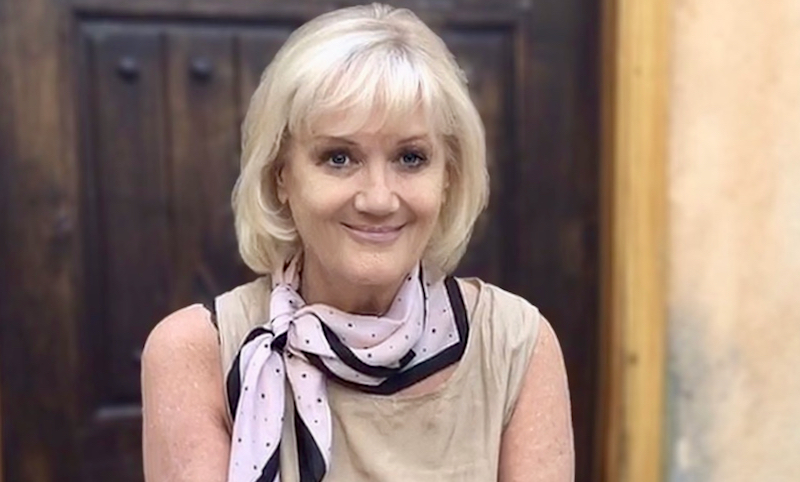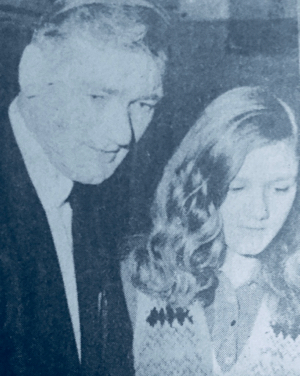
Katrina Wood calls her new play “The POW and the Girl” a “labor of love.” It’s certainly a family affair.
Wood grew up in London, the daughter of prolific character actor Percy Herbert. His many credits included “Becket,” “Mutiny on the Bounty” (1962), “Mysterious Island,” “The Guns of Navarone” and, closest to real life, David Lean’s Academy Award-winning “The Bridge on the River Kwai.”
Herbert served in the Royal Army Ordnance Corps during World War II and spent four years in the Japanese prison system that was charged with building the famous River Kawi bridge. He was held at the Changi camp in Singapore.

Wood’s drama examines the effects of posttraumatic stress disorder on a small London family composed of a former World War II POW and his college-age granddaughter. The POW is left to look after the Girl after the death of her mother, his daughter. The story takes place in the 1980s.
“The brutal PTSD takes no prisoners,” says Wood, a psychologist who works in Los Angeles. “This play is an attempt to shed light not only on the impact of war on POW survivors but also their families.”
PTSD or shell shock as it first was called in WW I, was documented in ancient times by Homer. Shakespeare addressed it in his famous histories “Henry IV” and “Henry V,” Wood notes. The Bard depicted soldiers coming back from war with ghostlike pallor and haunted countenance — knees shaking with slurring speech. And terrible nightmares.
“In ‘The POW and the Girl,’ we see not only how our POW displays many of the documented symptoms of PTSD, but also how the Girl over time absorbs some of these symptoms — his behaviors powerfully impact her psyche, despite her valiant attempts to challenge them,” Wood says.
Wood has written about what she calls “domestic emotional stress disorder” (DESD). “To date, this syndrome has not been acknowledged as a formal diagnosis,” Wood says. The DESD designation — currently identified in alternative diagnostic terms — seeks to highlight the layers of trauma states that exist in average families. These states, “both persistent and enduring,” continue to go untreated by the therapeutic community, Wood says.
PTSD, however, is now well documented in the Diagnostic and Statistical Manual of Mental Disorders, which lays out a set of symptoms found in all sufferers. Almost 75 years after the execution of Pvt. Eddie Slovik, longtime military establishment associations of PTSD with cowardice have given way to a greater understanding. The media covered the issue extensively following the Gulf wars.
“There is still a long way to go in order to help our soldiers heal from the wounds of such a harrowing mental illness, but there also is hope for the future as awareness of PTSD has become heightened and more significance is given to the mental health of our veterans and their family members,” Wood says.
“The POW and the Girl” debuts in late January 2019 in Los Angeles.
- Read about the play.
- Buy tickets to “The POW and the Girl”